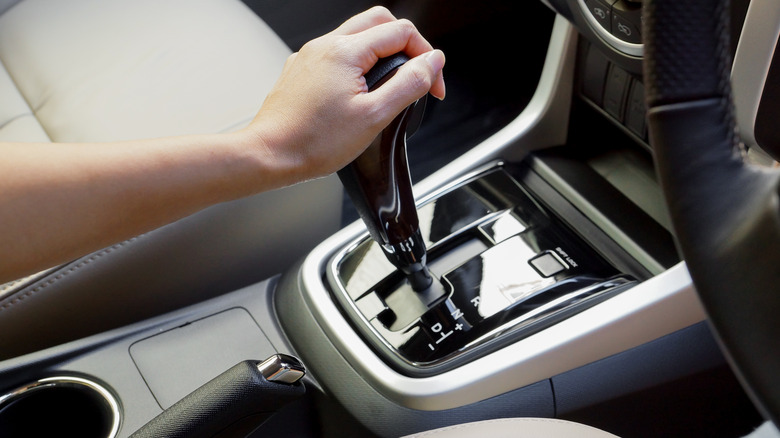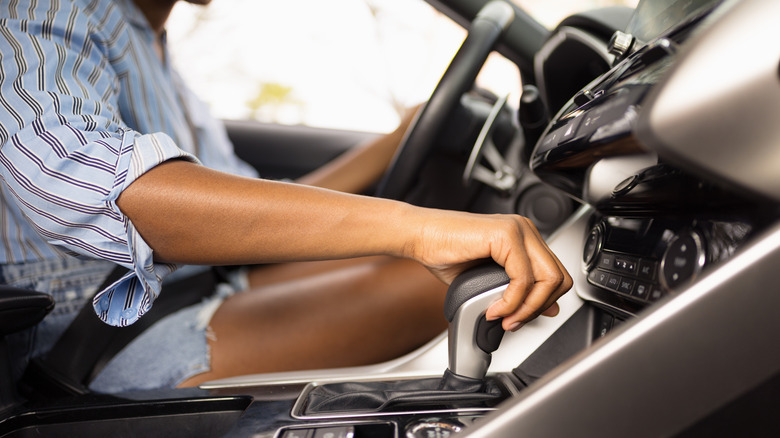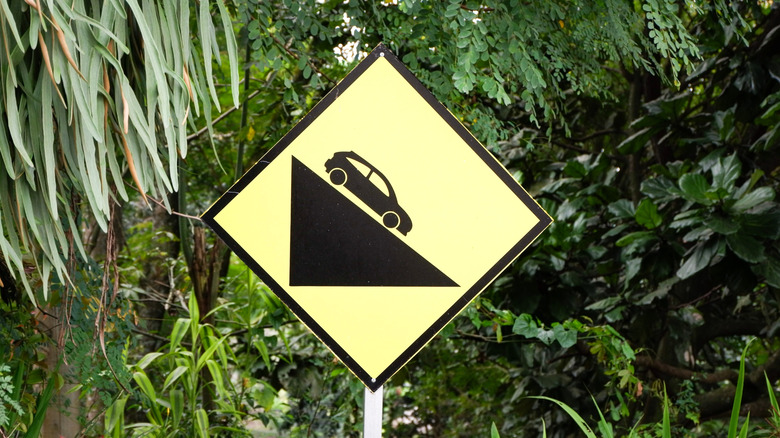
Driving an automatic car is easy-peasy compared to piloting a manual. The most common gear settings in an automatic vehicle are Park (P), Reverse (R), Neutral (N), and Drive (D). The rest are not particularly difficult to comprehend, but what baffles most drivers is how and when they would use the neutral gear in an automatic car. Neutral in an automatic is no different from neutral in a stick-shift car -- it is not a gear per se, but rather an intermediary position between reverse and drive. When
an automatic vehicle is in neutral, the transmission disengages from the engine, which means pressing the gas pedal will only rev the engine and not move the car. Moreover, neutral does not lock the wheels like when in park, so it's relatively crucial to engage the parking brakes when your car is in neutral.
There are things you need to stop doing if your car is an automatic, and one of those is moving the lever to drive while the vehicle is reversing or to moving to reverse while the car is still creeping forward. The correct procedure when shifting from D to R is to press the brake pedal, wait for the vehicle to come to a complete stop, and then move the gear shift lever to N from D before moving it to R. If you want to move forward after reversing the car, stop the vehicle completely, push the lever from R to N before moving again to D. Doing so not only protects the transmission components from unnecessary wear, but it also leads to smoother driving overall.
Read more: 10 Luxury Cars That Are Cheap To Maintain
When To Use Neutral In An Automatic Car

There are instances when moving the lever to neutral (N) is necessary. Since neutral disengages the gearbox from the engine, doing so makes it easier to push the car in an emergency, such as when the 12V battery goes flat or the engine dies due to a mechanical or electrical fault -- both of which are commons reasons why your car may not start. Meanwhile, shifting into neutral makes it easier to tow or rescue the car if it gets stuck in mud or snow without the risk of damaging the engine and driveline.
Combined with the parking brake, using the neutral gear is also advisable for longer stops, if only to save your left leg from having to ride the brake pedal for too long. In extreme cases, such as when the accelerator pedal becomes unresponsive while driving due to a mechanical issue, moving the lever to neutral will disengage the screaming engine from the transmission and help the vehicle slow down.
When You Should Avoid Using Neutral In Automatic Transmission Cars

There are particular situations when you should never engage neutral while driving an automatic. For starters, it's highly irresponsible and dangerous to coast a vehicle downhill while in neutral. It's a habit worth breaking if you thought doing so would save gas (that's one of multiple popular myths that won't improve your mileage), but also dangerous due to the absence of engine braking, which makes any car challenging to stop when coasting downhill.
Should a vehicle, pedestrian, or object appear suddenly in your line of travel, the car will take longer to stop if in neutral, no matter how hard you stomp on the pedal. Doing so will also make the vehicle more complicated to control when attempting to steer clear of a potential catastrophe. Finally, avoid jackrabbit starts performed by engaging neutral, pressing the gas pedal hard on the floor, and moving the shifter from N to D to create smoky burnouts. If your vehicle has launch control, use it instead of straining the automatic gearbox.
Want the latest in tech and auto trends? Subscribe to our free newsletter for the latest headlines, expert guides, and how-to tips, one email at a time.
Read the original article on SlashGear.










